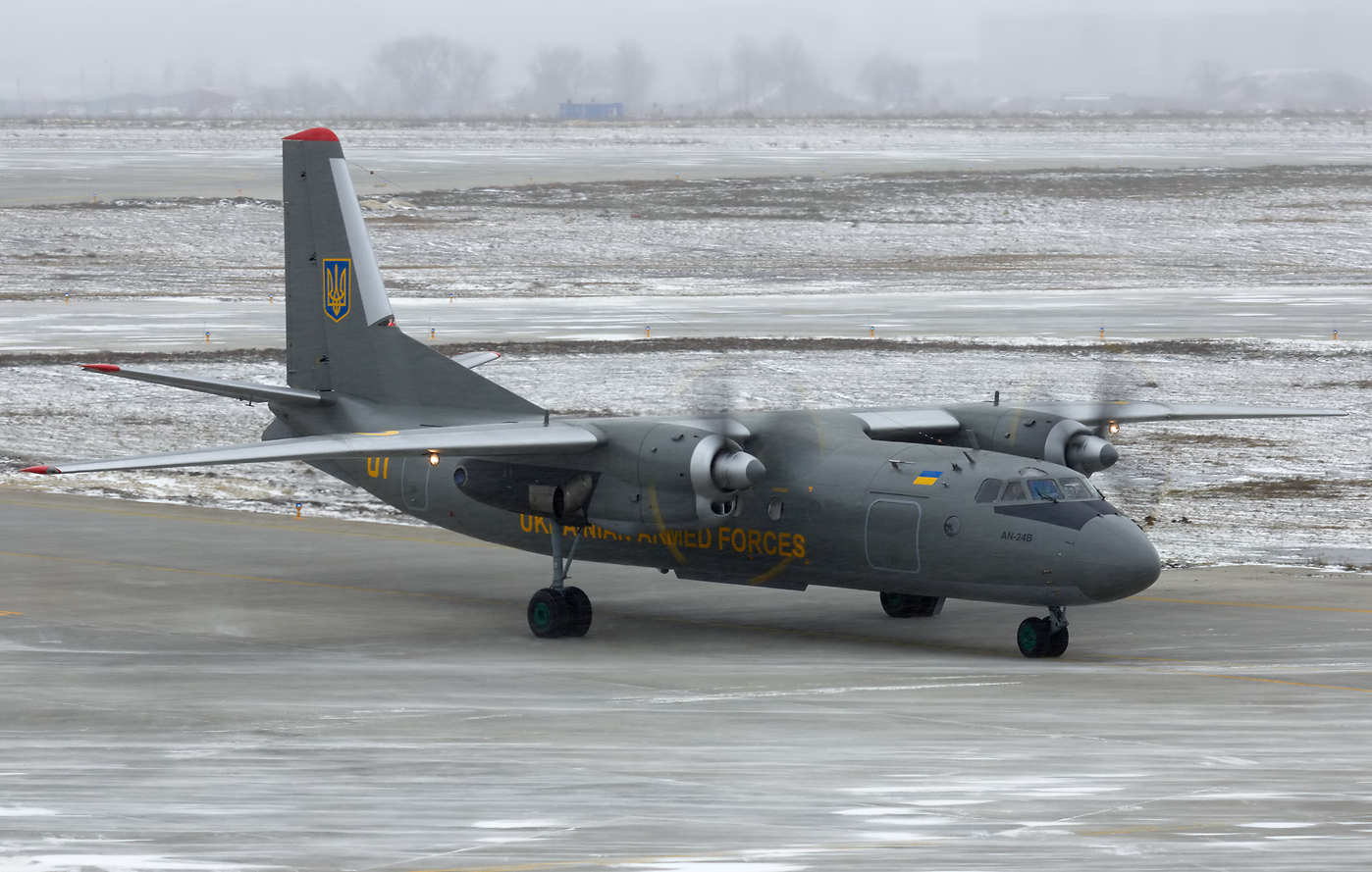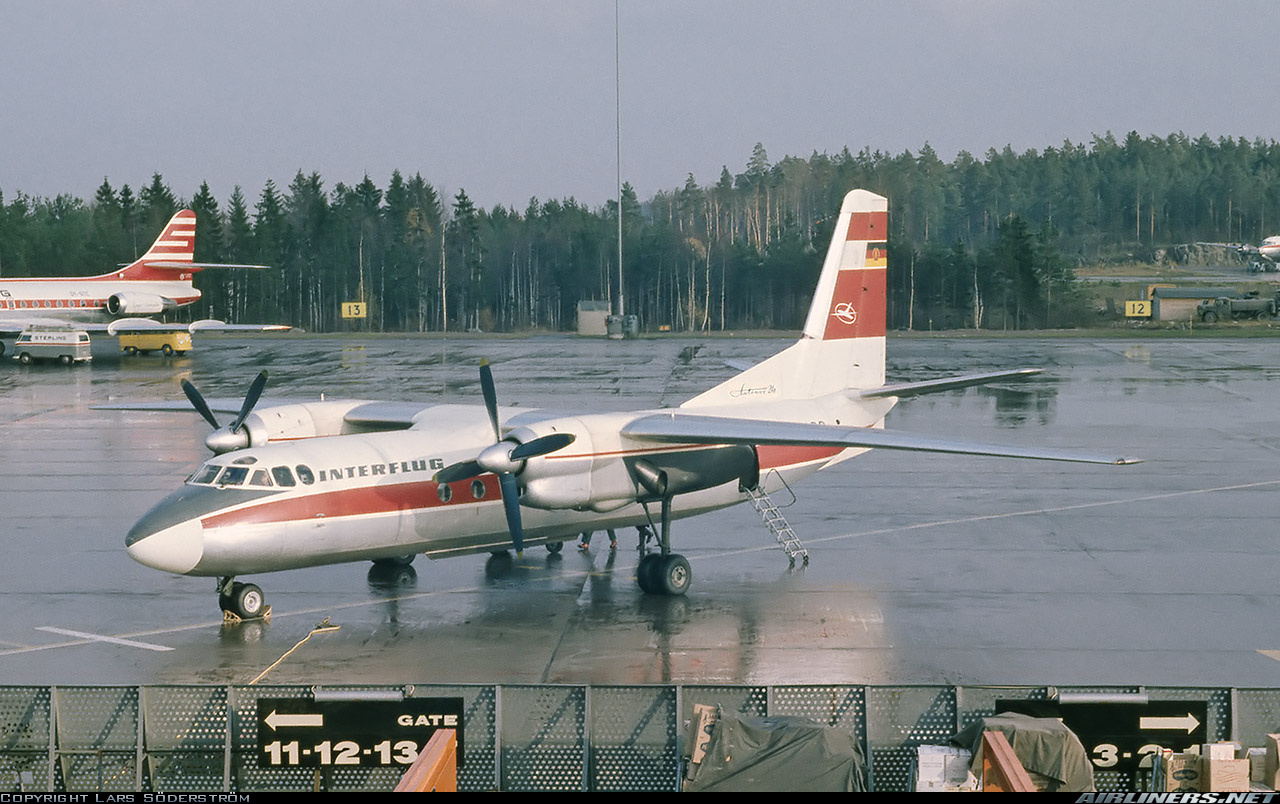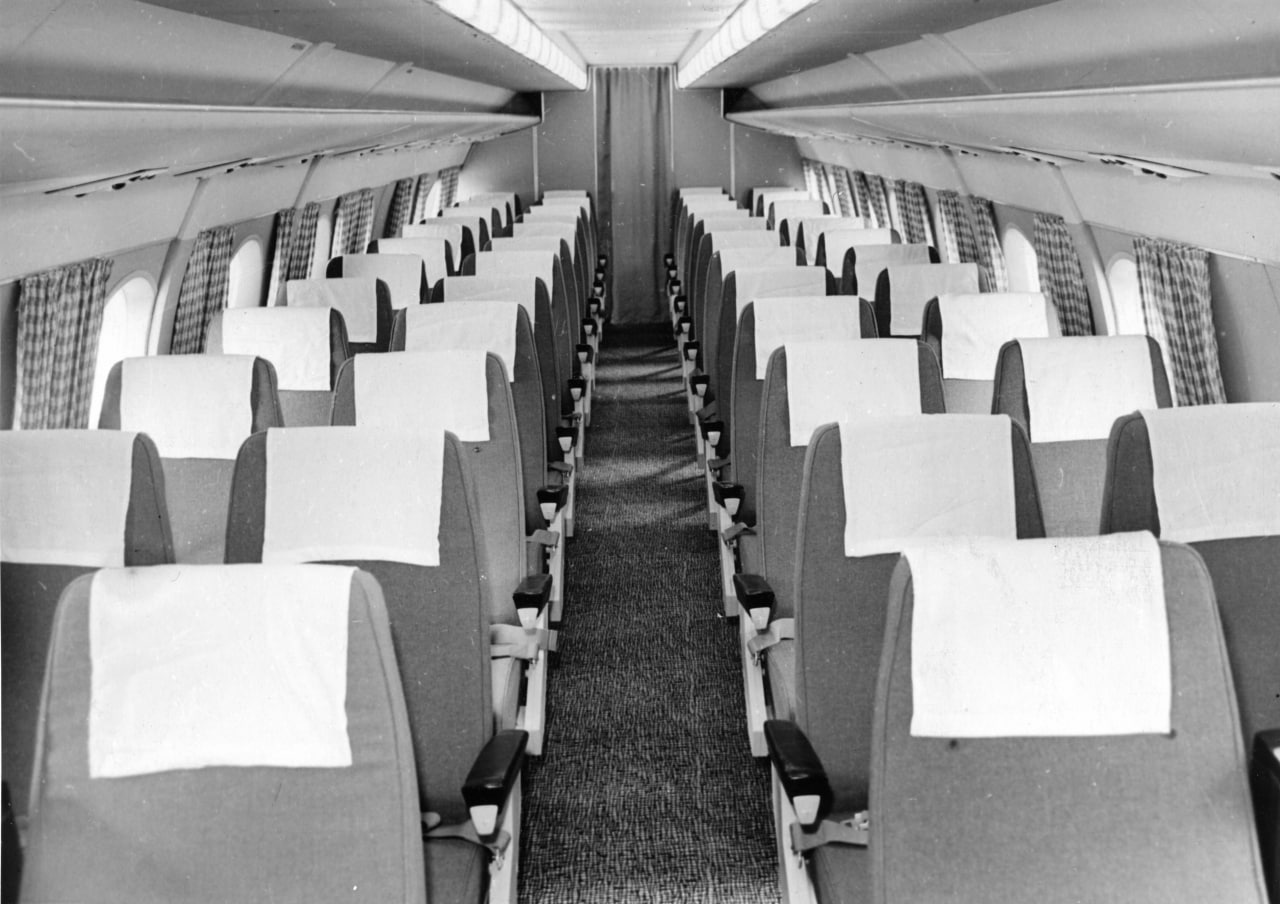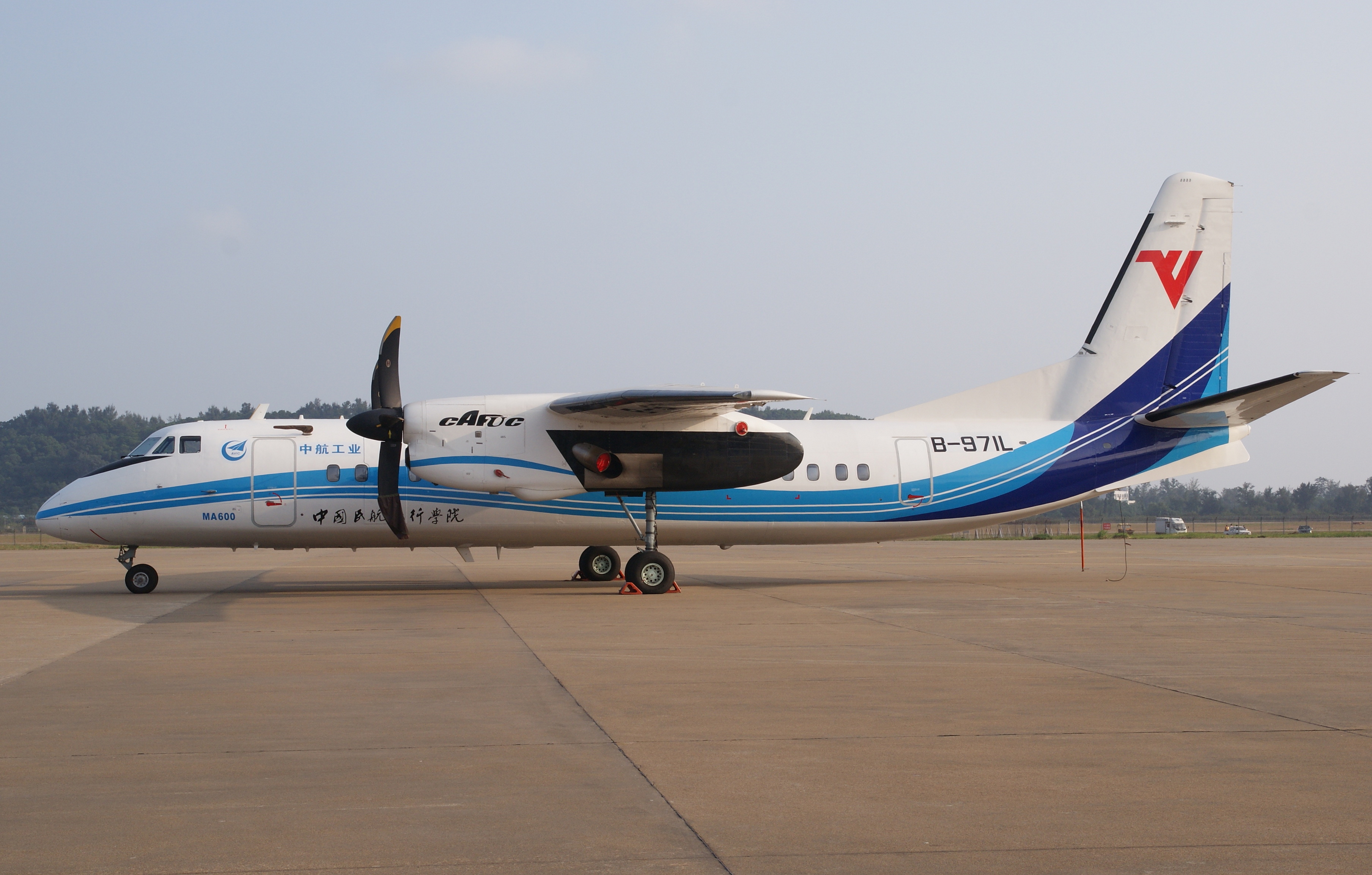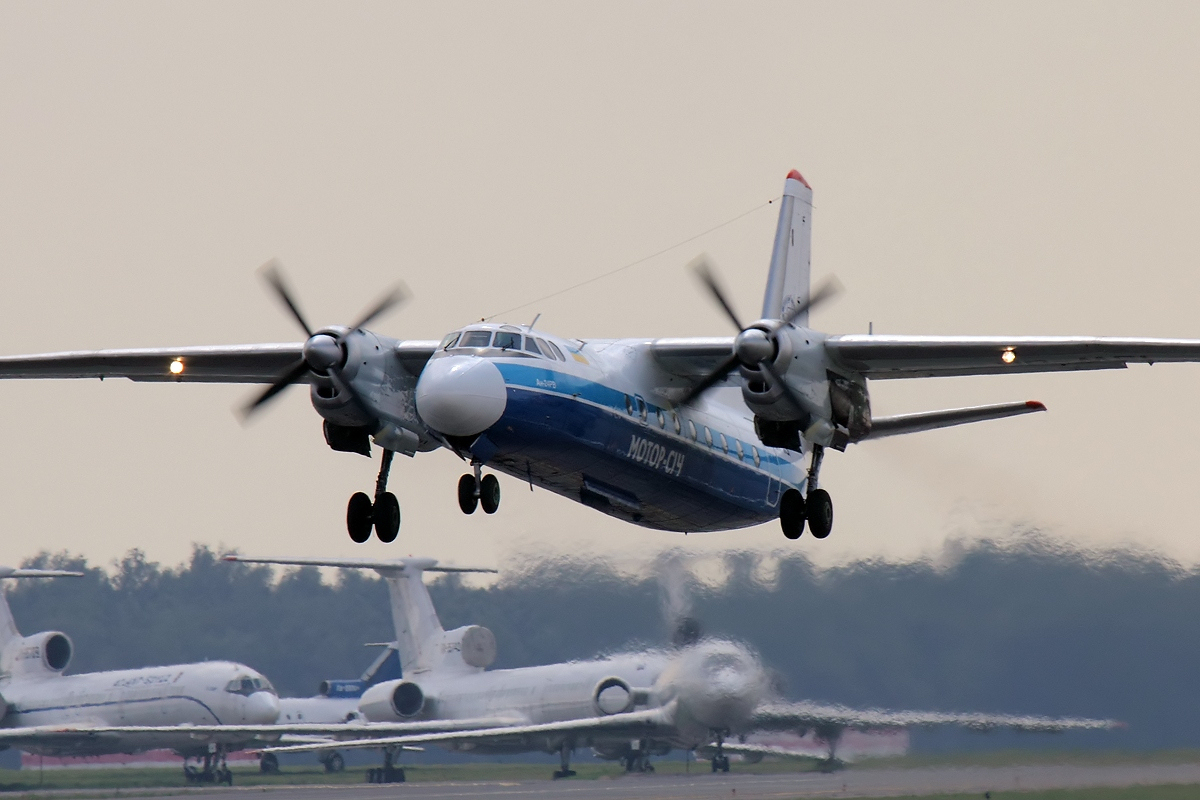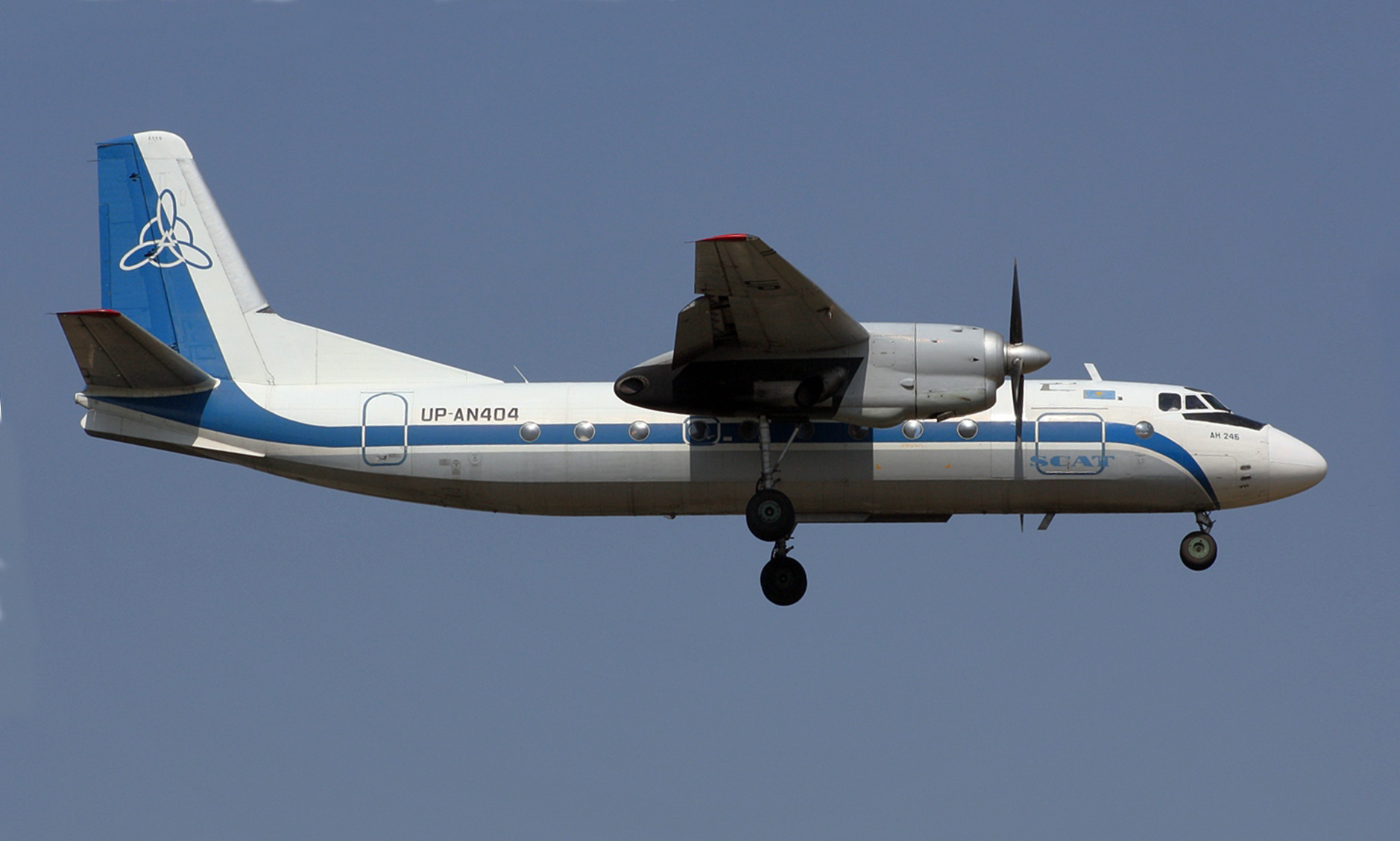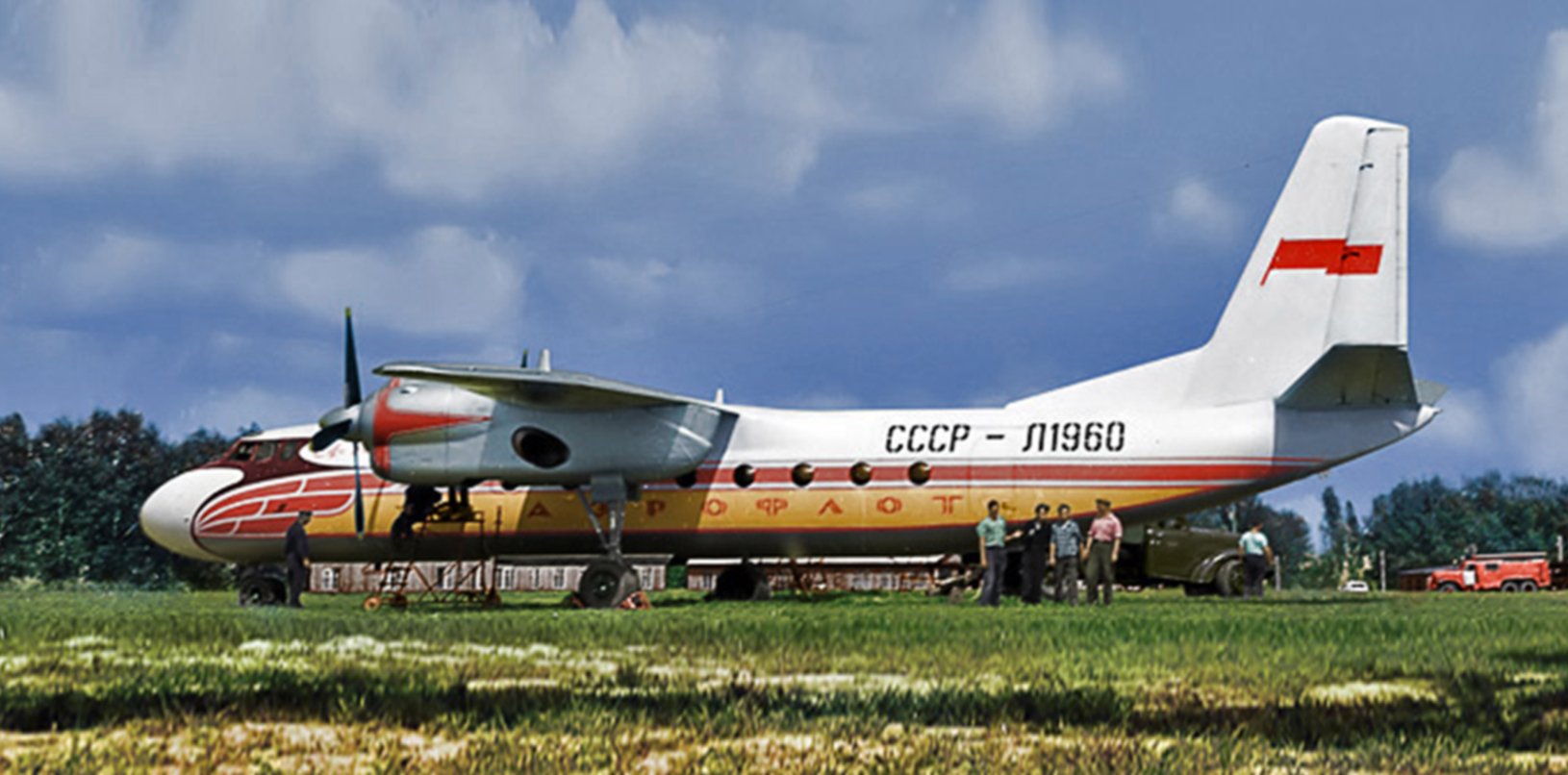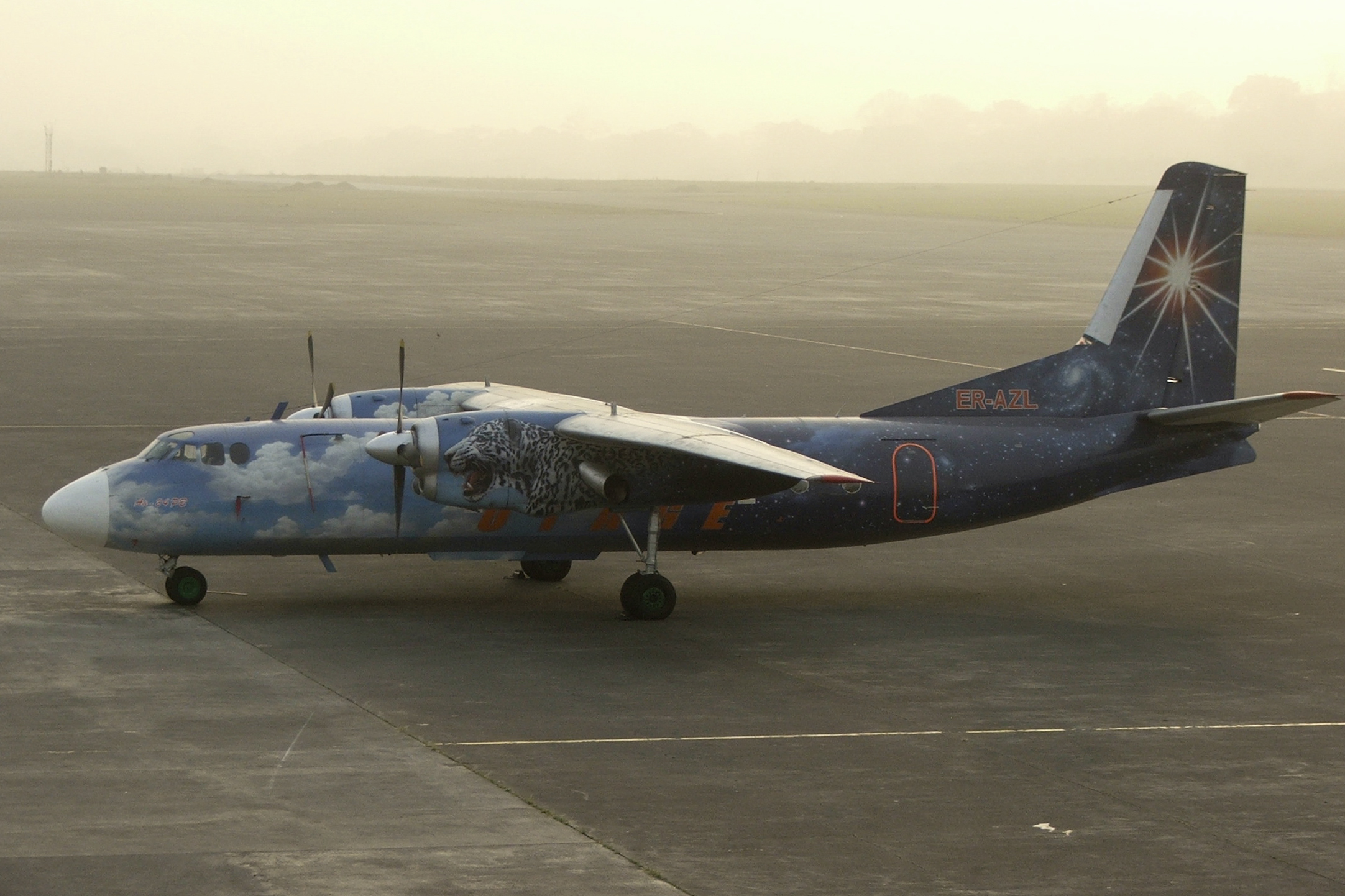65th Anniversary of the Legendary An-24 Aircraft: History and Legacy

On October 20th, the world celebrated the 65th anniversary of one of the most mass-produced turboprop aircraft, the An-24. On that day in 1959, its first prototype took to the skies in Kyiv. The aircraft was designed by Oleg Antonov's Design Bureau (now known as Antonov State Enterprise). The state order primarily aimed for the aircraft to serve regional airlines within the USSR and be capable of operating from unpaved runways as short as 1,200 meters. The Dutch Fokker F27, a successful aircraft of a similar class, had some influence on the design of the An-24. Engines for the new airliner were developed by Design Bureau 478 under the leadership of Oleksandr Ivchenko (now the Ivchenko-Progress Zaporozhian Machine-Building Design Bureau).
After some refinements, the aircraft entered serial production at Kyiv's Aircraft Plant No. 473 (now part of Antonov State Enterprise), and the engines were produced at Plant No. 478 in Zaporizhzhia (now Motor Sich). Production of the An-24 continued until 1976, with a total of 1,335 units built, including 165 transport variants. Kyiv's aircraft plant remained the leading producer, manufacturing 998 of these aircraft. Additional production was carried out in Irkutsk and Ulan-Ude. Furthermore, unlicensed production of the An-24, named Y-7, was launched in China. The Xi’an Aircraft Industrial Corporation, part of AVIC, still produces the MA-600, which is a deeply modernized version of the An-24. Overall, more than 200 aircraft from this family were built in China.
There are over 25 known variants of the An-24. One of the most widely produced models is the An-24RV, which, in addition to two AI-24T engines, each delivering 2,820 hp, was equipped with an auxiliary RU-19A-300 power unit with 800 kgf of thrust. The aircraft could carry up to 52 passengers, had a length of 23.53 meters, a wingspan of 29.2 meters, a maximum takeoff weight of 21.8 tons, a cruising speed of 460 km/h, and a ferry range of 2,600 km.
The An-24's first passenger flight took place in October 1962 on the Kyiv-Kherson route. By 1979, these airliners were operating on 978 air routes across the USSR, carrying approximately 30% of Aeroflot's passengers. Excellent flight characteristics, reliability, higher comfort compared to piston-engine aircraft, the ability to operate from unpaved airfields, cost-effectiveness, and ease of maintenance ensured the An-24's widespread recognition. These aircraft were operated by airlines in nearly 40 countries, including Angola, Bangladesh, Bulgaria, Egypt, Cuba, East Germany, Poland, Romania, Somalia, Turkey, and the Philippines. Some airlines still struggle to find replacements for the An-24 and continue to use it.
In the Ukrainian branch of Aeroflot, the An-24 was operated by Kyiv, Voroshilovgrad, Dnipropetrovsk, Donetsk, Lviv, Simferopol, and Kharkiv aviation enterprises. In modern Ukraine, at least 15 operators used these aircraft, including airlines such as Krym, Donbas, Lviv Airlines, Hors, Ikar, Airlines of Ukraine, and Motor Sich. The latter still has three An-24RV aircraft in its fleet.
The collection of the State Aviation Museum includes two aircraft from this family. The passenger An-24B (serial number 047-10) was built in Kyiv in October 1968. Before being decommissioned in 1990, it was operated by Kyiv's aviation enterprise. In 1993, it was transferred for storage to Airlines of Ukraine, and in 2004, it was handed over to the museum. The transport An-24T (serial number 11-04) was manufactured in 1969. Initially, it was used by the Ministry of Internal Affairs' aviation, and from 1992 to 2007, it belonged to Airlines of Ukraine. In July 2014, it was transferred to the museum by the State Enterprise "Plant 410 of Civil Aviation".

 Fan-page
Fan-page Youtube
Youtube TikTok
TikTok Aviamuseum
Aviamuseum State Aviation Museum
State Aviation Museum
